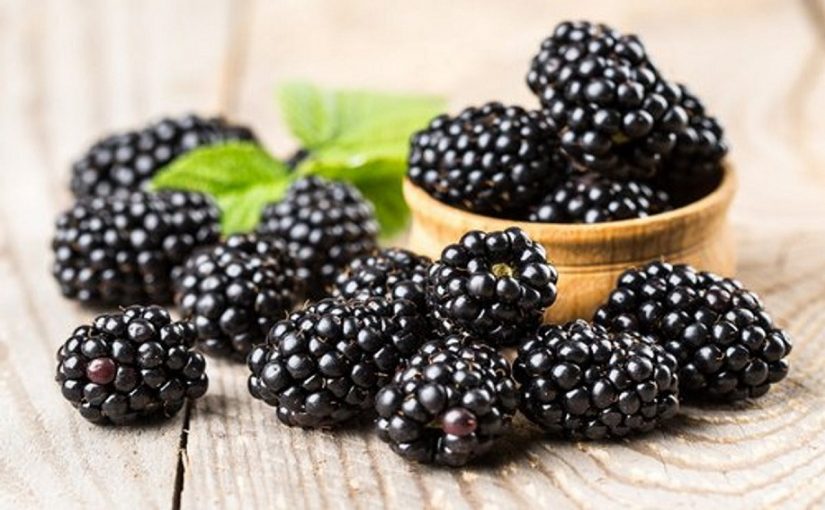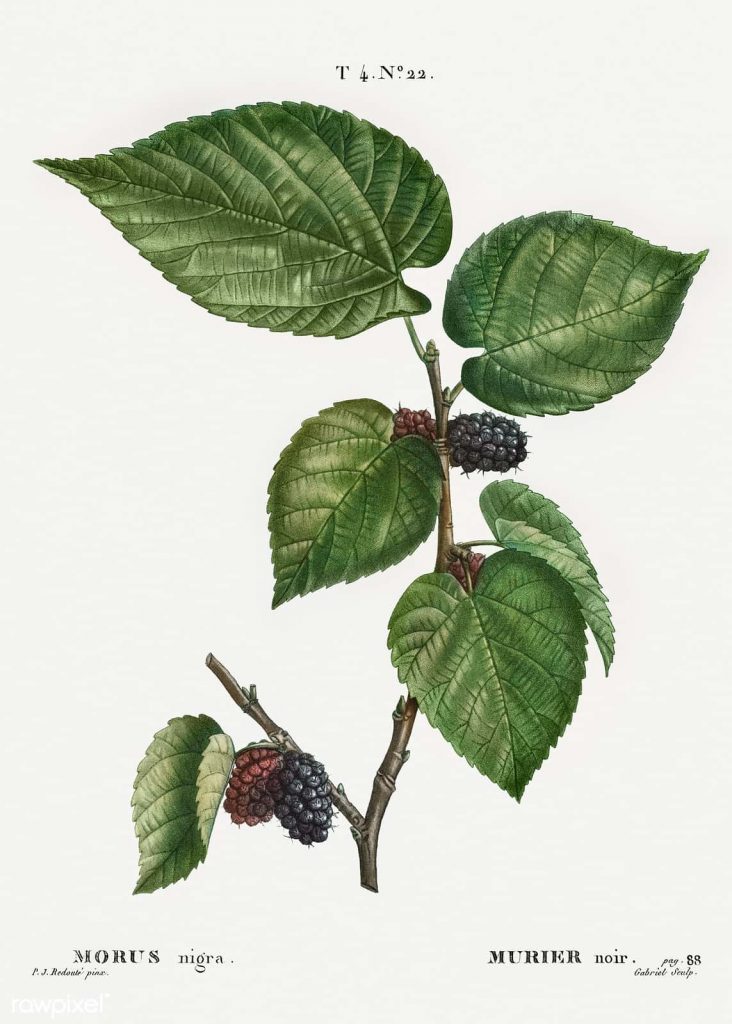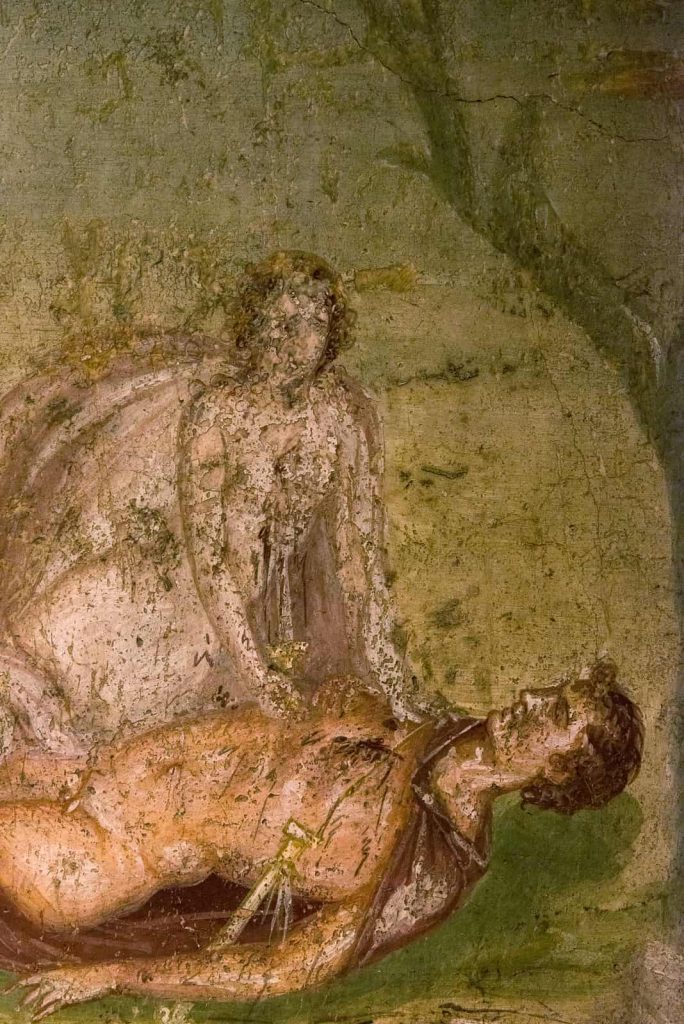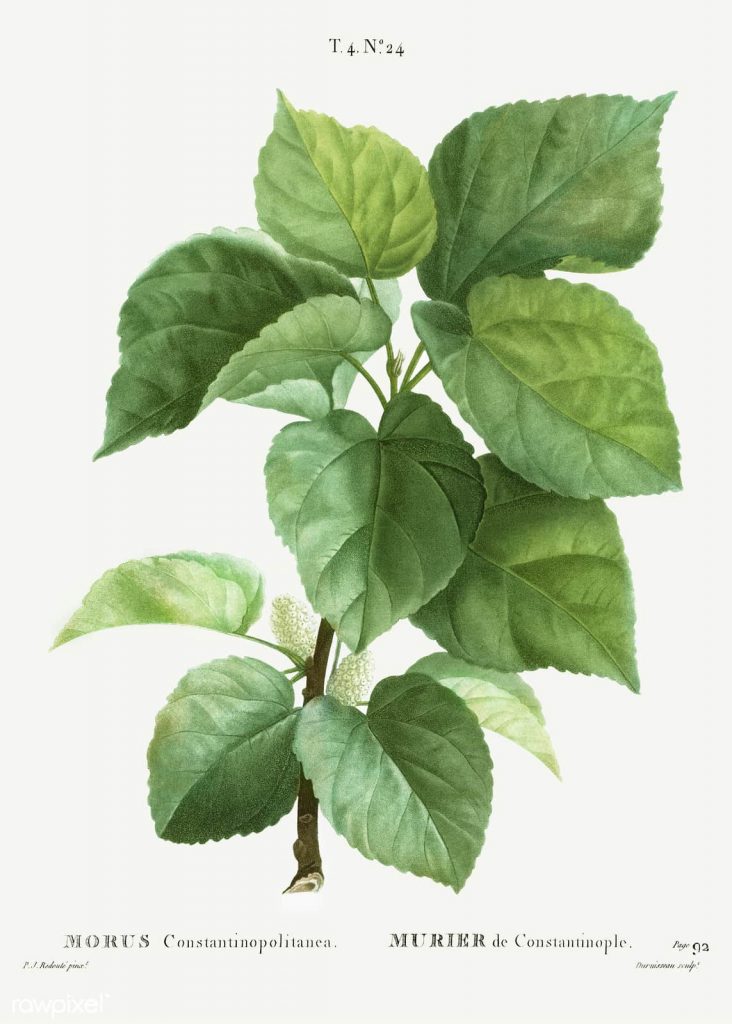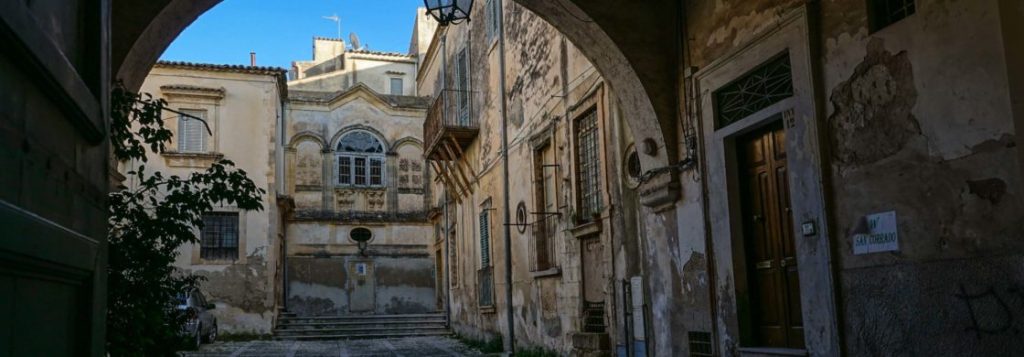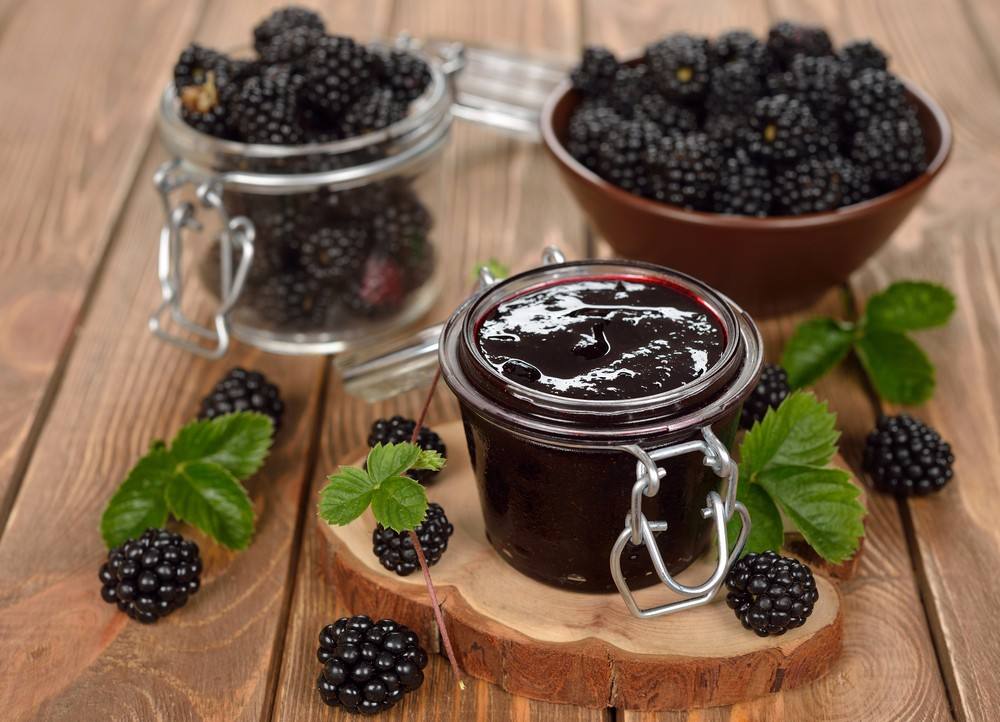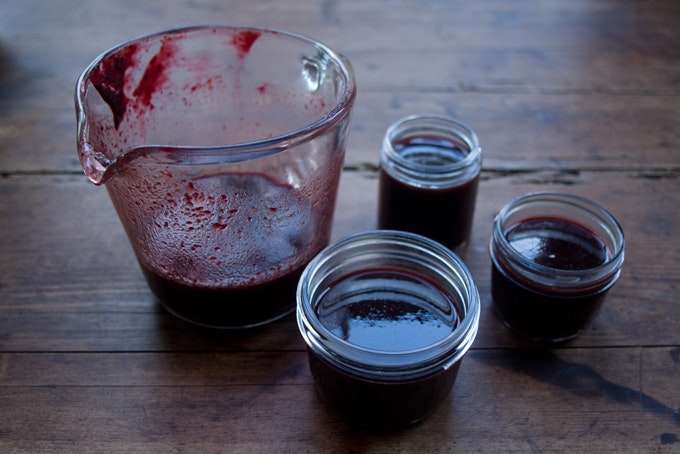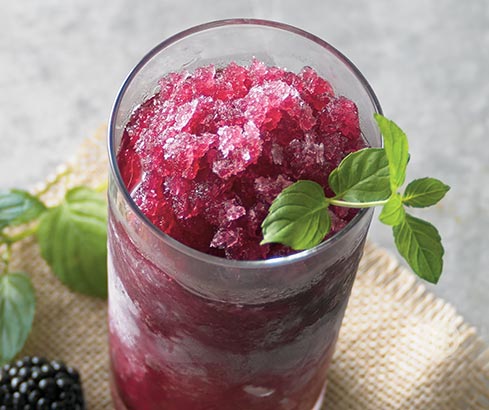12.9.2019
Mammola is a beautiful town near Reggio Calabria, famous as the land which, thanks to its nature between the mountains and the seas, is able to offer a vast gastronomic panorama to those who live and visit it.
The five Calabrian provinces (Cosenza, Crotone, Reggio Calabria, Vibo Valentia and Catanzaro) are linked to each other by a culinary tradition that has humble and ancient origins.
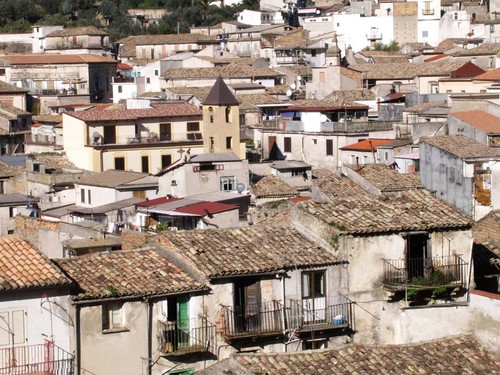
The dishes, which connect all five Calabrian provinces, are few and differ, above all, in their preparation. Among the most common dishes, there is stockfish, especially the local recipe of “Stocco di Mammola” (literally the “stockfish of Mammola”), which is a little bit modified in every province.
HISTORY
Stockfish has a very ancient history. In 1431 the noble Venetian merchant Pietro Querino and his crew, from the return of Flanders, were caught by surprise by a storm. After days at sea, the ship ran aground in an archipelago of the Arctic Circle: the Lofoten Islands.

Suffering the cold and after finishing the food, they decided to go in search of food. They found a huge fish stranded on the rocks and decided to cook it on the beach. The smoke caused by the cooking of the fish, intrigued the inhabitants of the island in front that they ran to see who was on that abandoned island. Found the castaways, they took them to their lodgings offering hospitality.
The crew and the Venetian nobleman remained with the population until the arrival of spring: they arranged the boat and returned to Venice with a great and exquisite novelty: the stockfish.
Five hundred years later, in 1932, a monument was held in the Lofoten Islands in memory of the cultural, gastronomic and ethnic link between Italy and those distant islands.
Today the Norwegian archipelago is the most important producer of stockfish in the world and Italy is the largest importer, through the ports of: Naples, Ancona, Vicenza and Liguria.

STOCKFISH OF MAMMOLA
Stocco di Mammola is a dish of Calabrese origin. Of humble origins, it was consumed above all by the poor. In particular, the peasants consumed it and offered it to the laborers during the most strenuous jobs that were carried out in the countryside.
Traditionally, the stockfish is consumed during Christmas and is also given for personal use and consumption. This is a legacy deriving from the custom that many migrants had, at their return they brought to relatives the stockfish as a gift.
To date, the Stocco di Mammola is a true symbol of pride in the village of Mammola (on the Aspromonte mountains), in the province of Reggio Calabria. For this reason the municipal administration of Mammola has recognized the product as “De.Co.“, Denominazione Comunale di Origine (Municipal Protected Origin). Furthermore, the Ministry for Agricultural Policies has included it among the Agro-Food Traditional products.
Since 1500, stockfish is imported from Norway in Calabria and from Flanders and is processed by the various companies present in the Calabria area. The processing takes days, is divided into phases and requires a high level of craftsmanship.
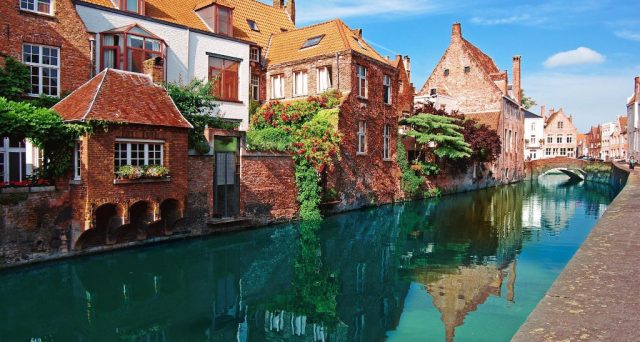
The town of Mammola celebrates its product with the traditional “stockfish festival“, which takes place every year in August in the ancient village of Mammola. This festival attracts hundreds of tourists and curious people who are ready to buy the product or savor it respecting tradition, in the various local restaurants.
RECIPE FOR 4 PEOPLE:
Ingredients
- 1 kg of “Stocco di Mammola” sponged in pieces
- 1 kg of potatoes
- 1 red onion
- 4 dried peppers
- 1 kg of peeled tomatoes
- EVO oil
- Olives in brine
Preparation
In a terracotta pot, sauté the sliced onion in the oil. Then put the peeled tomatoes and cook over low heat for about 5 minutes.
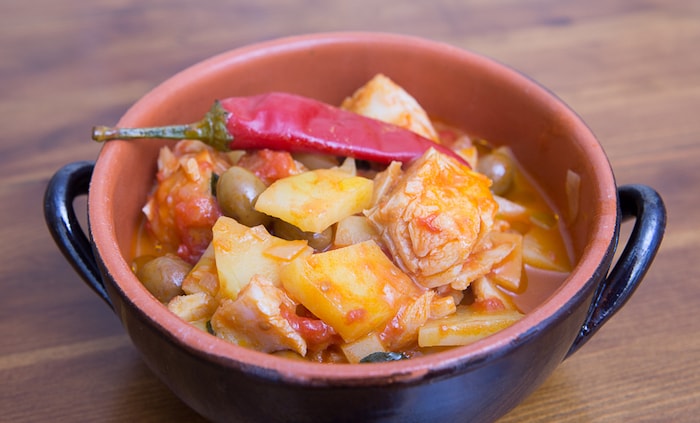
Add salt and the potato wedges and after a few minutes the stockfish with the olives and peppers. Cook over low heat without stirring but shaking the whole pan for 20 minutes. Turn off the heat and after serving, let rest the stockfish for a few minutes serve.


